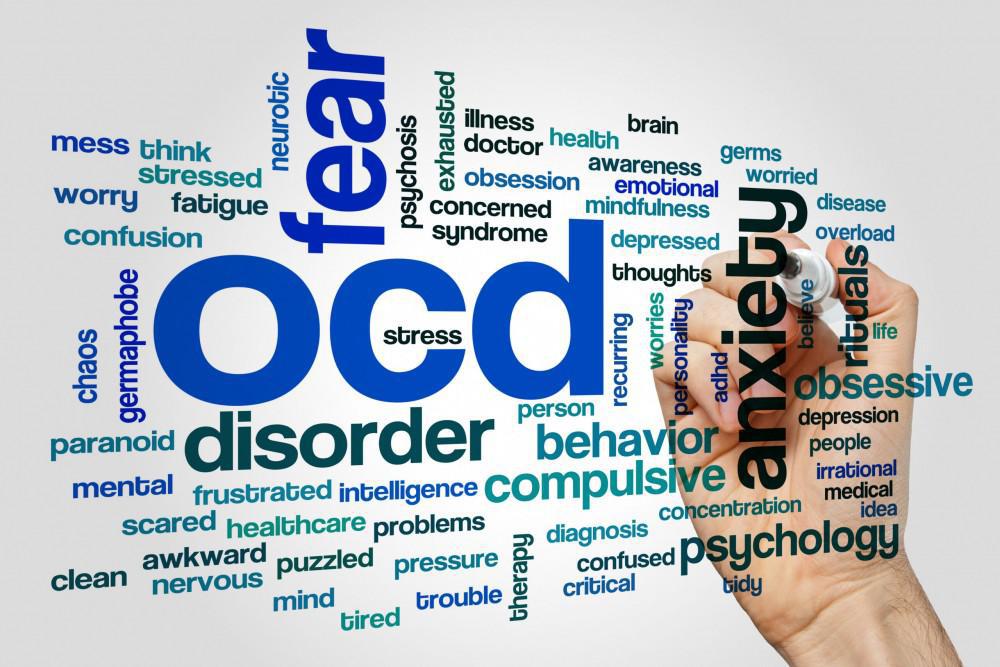Panic disorder is a type of anxiety disorder characterized by unexpected and recurrent panic attacks. Panic attacks are intense episodes of fear and anxiety that occur suddenly and can last for a few minutes to an hour. The symptoms of panic disorder can be debilitating and can interfere with daily life activities. In this article, we will explore the symptoms, causes, and treatment options for panic disorder.
Symptoms of Panic Disorder
The symptoms of panic disorder can be overwhelming and may include the following:
- Recurrent and unexpected panic attacks: A panic attack is a sudden episode of intense fear or discomfort that typically peaks within 10 minutes. During a panic attack, individuals may experience palpitations, sweating, trembling, chest pain or discomfort, shortness of breath, nausea, dizziness, lightheadedness, or feeling detached from oneself.
- Persistent concern or worry about future panic attacks: Individuals with panic disorder may constantly worry about the possibility of having another panic attack, which can lead to avoidance behaviors, such as avoiding places or situations that may trigger a panic attack.
- Fear of losing control or going crazy: Many people with panic disorder may feel like they are losing control or going crazy during a panic attack, which can increase anxiety and stress.
- Changes in behavior: panic disorder can significantly affect a person’s daily life activities. They may avoid social situations, have difficulty concentrating, and have trouble sleeping.

Causes of Panic Disorder
The exact causes of panic disorder are not yet known. However, several factors can increase the risk of developing panic disorder, including:
- Genetics: Panic disorder tends to run in families. Studies have shown that certain genes may increase the risk of developing panic disorder.
- Environmental factors: Trauma, abuse, or significant life changes, such as childbirth or bereavement, may trigger or exacerbate panic disorder symptoms.
- Brain chemistry: Research has shown that imbalances in brain chemistry and activity in certain areas of the brain, such as the amygdala and the prefrontal cortex, may contribute to the development of panic disorder.
- Substance abuse: Alcohol and drug abuse can trigger panic attacks and worsen the symptoms of panic disorder.
Treatment for Panic Disorder
Panic disorder is a treatable condition, and several treatment options are available. The most effective treatment for panic disorder is a combination of medication and psychotherapy.
- Medication: Antidepressant medications, particularly selective serotonin reuptake inhibitors (SSRIs), are commonly used to treat panic disorder. These drugs work by increasing the levels of serotonin, a neurotransmitter that regulates mood and anxiety. Benzodiazepines, which are fast-acting anti-anxiety drugs, can also be used to treat panic disorder, but are generally reserved for short-term use due to their potential for dependence and addiction.
- Psychotherapy: Cognitive-behavioral therapy (CBT) is the most effective type of therapy for panic disorder. It involves exposure and response prevention (ERP), which is a type of therapy that exposes individuals to their feared situations or objects and helps them to learn healthier ways to respond. ERP has been found to be very effective in reducing panic disorder symptoms.
- Self-help strategies: Individuals with panic disorder can benefit from several self-help strategies, including mindfulness, relaxation techniques, exercise, and a healthy lifestyle. These can help reduce stress, improve mood, and promote well-being.

Conclusion
Panic disorder is a challenging mental health condition that affects many people worldwide. It involves unexpected and recurrent panic attacks that can be debilitating and interfere with daily life activities. Although panic disorder can be distressing, effective treatments are available, including medication, psychotherapy, and self-help strategies. If you or someone you know is experiencing symptoms of panic disorder, seek help from a mental health






